Many fleet operators don’t realize just how much money they lose due to inefficient dispatching. Whether it’s relying on manual scheduling, using outdated software, or struggling with unoptimized routes, these inefficiencies add up. Every unnecessary mile driven, every missed trip, and every unbalanced workload is a direct hit to profitability. The cost of sticking with an outdated system isn’t just an inconvenience—it’s actively reducing revenue and increasing operational expenses.
The Hidden Costs of Inefficient Dispatching
One of the biggest financial drains on a fleet comes from wasted fuel and unnecessary miles. When routes aren’t optimized, drivers often take longer-than-needed trips, overlap with other vehicles, or spend extra time navigating congested areas. These inefficiencies lead to excessive fuel consumption, increased vehicle wear and tear, and avoidable maintenance costs. Over time, these factors drive up expenses while reducing the number of trips completed each day.
Beyond fuel waste, poorly managed dispatching results in lower driver productivity. Without real-time scheduling adjustments, drivers often sit idle, waiting for trip assignments or driving long distances between rides. This inefficiency not only limits the number of trips a fleet can handle but also creates an unbalanced workload. Some drivers are overwhelmed with back-to-back assignments, while others are underutilized, leading to frustration and higher turnover rates.
Cancellations and no-shows are another costly problem. When a passenger cancels a ride last minute or fails to show up, the vehicle that was assigned to that trip is left empty, losing both time and revenue. For fleets that work with brokers or medical facilities, these missed trips can also damage business relationships. If transportation providers are seen as unreliable due to inconsistent dispatching, brokers may take their contracts elsewhere, further reducing revenue potential.
Pricing instability is another challenge that can erode profits. Many fleet operators deal with fluctuating trip rates, manual pricing errors, or unpredictable costs that make it difficult to track actual earnings. Without a clear, structured pricing model, businesses struggle to forecast revenue, control expenses, and maintain financial stability.
The Path to a More Profitable Dispatch System
Switching to an intelligent dispatching and routing solution eliminates many of these financial losses. By leveraging an automated system, fleets can optimize routes to reduce unnecessary mileage, assign trips dynamically based on driver location and availability, and improve overall operational efficiency. This approach not only cuts fuel costs but also ensures that every vehicle is being used to its full potential, maximizing revenue per trip.
A more efficient dispatch system also leads to improved driver performance and satisfaction. With balanced workloads and fewer scheduling issues, drivers can complete more trips in less time, reducing downtime and increasing earnings. This leads to better retention rates and a more reliable workforce.
For transportation providers working with medical facilities or brokers, reliability is everything. An optimized dispatch system improves on-time performance, reduces cancellations, and strengthens business relationships. With a reputation for dependability, fleets can secure more long-term contracts and expand their client base.
Finally, implementing a structured and transparent pricing model provides financial predictability. Fixed pricing eliminates guesswork, allowing fleet operators to accurately project revenue, control operational costs, and maximize profitability. Instead of worrying about pricing fluctuations, they can focus on growth and efficiency.
Final Thoughts
Outdated dispatch systems aren’t just inconvenient—they’re a major financial drain. The inefficiencies in manual scheduling, poor routing, and unpredictable pricing quietly eat into revenue, making it harder for fleets to operate profitably. By transitioning to a modern, automated dispatching platform, transportation providers can reduce costs, increase trip volume, and build stronger client relationships. The key to maximizing profits isn’t just booking more rides—it’s making every trip as efficient and cost-effective as possible.

